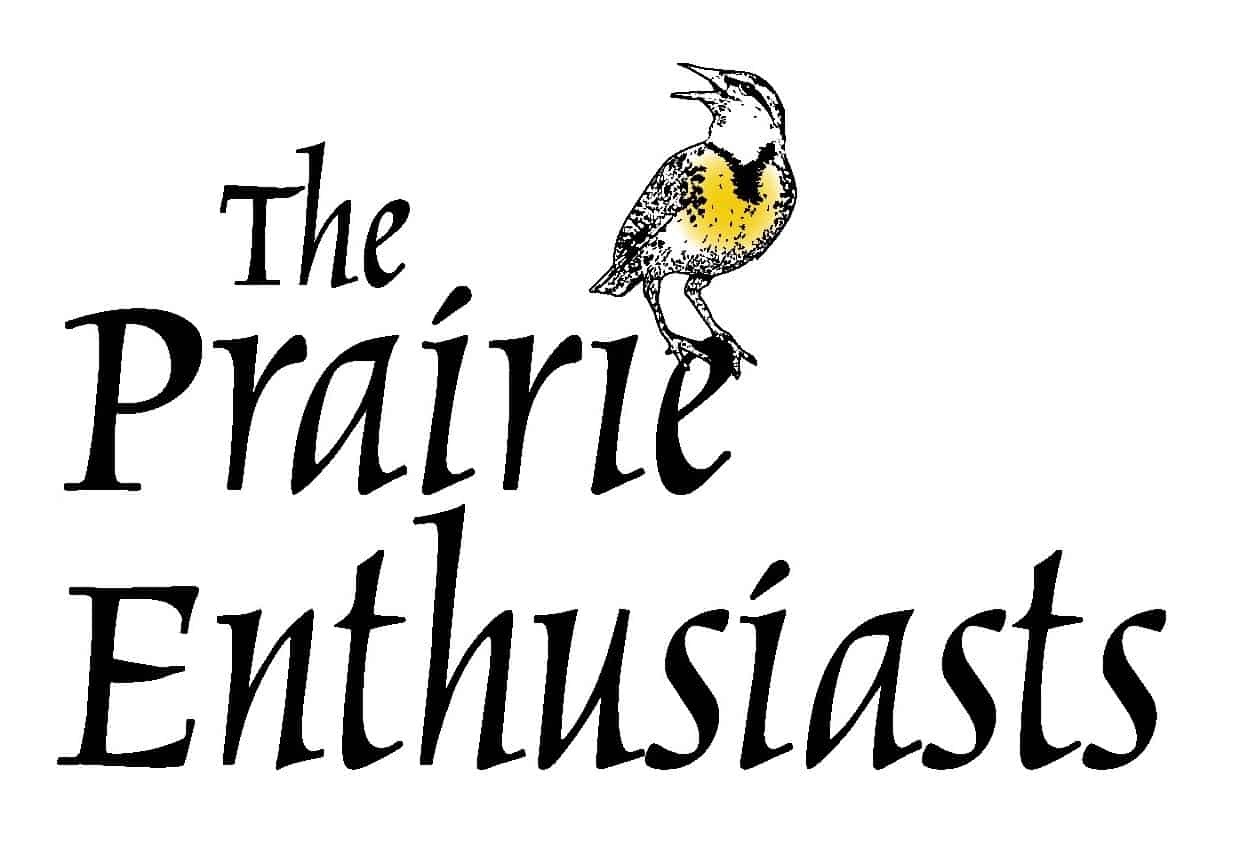This introduction to the concept of resilience and how it applies to our prairie restoration work was an article published in the August 2019 Prairie Promoter.
Those of us who were at this year’s TPE conference in Menomonie were introduced to resilience during the keynote address. As a review, resilience is simply the ease at which a disturbance can move a system from one state to another. For us prairie enthusiasts looking to apply these concepts to prairie management, disturbances might be such things as fires or intense woody species removal through herbicide use or grazing by goats. General states might include functioning prairies/savannas, degraded prairies/savannas, and reconstructed prairies, fallow fields or cropland.
As most of us know all too well, shifting from some of these states to another can be difficult, and thus, those states are considered resilient. Note that resilience is not a judgment on quality, but rather just the ability to be changed from one state to another. Also, the shift from one state to another can be rapid (such as plowing a prairie to convert to cropland) or slow (such as absence of disturbance leads to a degraded prairie.) Furthermore, a state can change somewhat without moving to a new state.
Let’s apply the principles of resilience to restoring degraded prairies/savannas. Unfortunately, degraded systems are often resilient! The degraded state of a prairie/savanna could be a result of changes in fire frequency, grazing (too much or too little), climate or other drivers, or combinations of these. Reversing one or more of these drivers does NOT rapidly convert a degraded remnant back to a fully functioning remnant.
Degraded systems usually become degraded through a slow process, and one might expect a shift back to a functioning prairie/savanna state might also be a slow process. A degraded prairie is often degraded because of invading woody species. Using the example of prescribed burning as the disturbance, a fire will not rapidly kill all the woody growth and cause a shift from a degraded state back to a functioning prairie/savanna. In fact, short-term effects of reintroduction of fire might have some undesirable effects such as increased number of stems of clonal species and re-sprouts from most species.
We find similar slow results when applying a quick removal of woody species using herbicides or grazing on a degraded site. The rapid removal of the canopy results in invasions by some opportunistic species. We know these species all too well – sunflowers, brambles and short-lived species. It may take decades for these species to come back into some kind of balance with less aggressive species. Even removed shrubs and trees can return either through resprouting or from a well-established seed bank.
The stability of a state can be influenced by non-native species. These species don’t play by the rules that were established as our prairie/savanna ecosystems were evolving, as insect and disease controls for these species are absent in their new environment. Non-natives therefore have an advantage when invading areas with disturbance. The fact that the invasive non-natives have become so ubiquitous across the landscape further makes a degraded system more resilient and our quality remnants less resilient.
Another consideration at the landscape scale is fragmentation. Fragmentation, the isolation of similar natural communities, can’t be ignored when considering the state of individual remnants. In terms of resilience, the isolation may have altered the state through the loss of healthy genetics or complete loss of some species. This idea leads to our cautious use of disturbance during management that may result in species loss that can’t be undone easily given the lack of proximity of sources for the species potentially lost. Our remnants are less resilient due to this fragmentation.
So where does all of this leave us when considering the effects of management on degraded prairies? Prairie restorationists are probably more patient than the average person, but our expectations are probably still too high. Some might consider the solution to be a heavy dose of frequent fire, herbicides or grazing. However, quick results are unlikely given the resilience of degraded systems, and things may get worse before we finally shift a degraded system back to the state of a functioning prairie/savanna.
Hopefully the rudimentary discussion on resilience provided here serves to keep our minds open to this topic when considering our management practices. Be patient and expect frustrations as we undertake the challenge of altering an undesirable resilient state to a healthy prairie or savanna.

